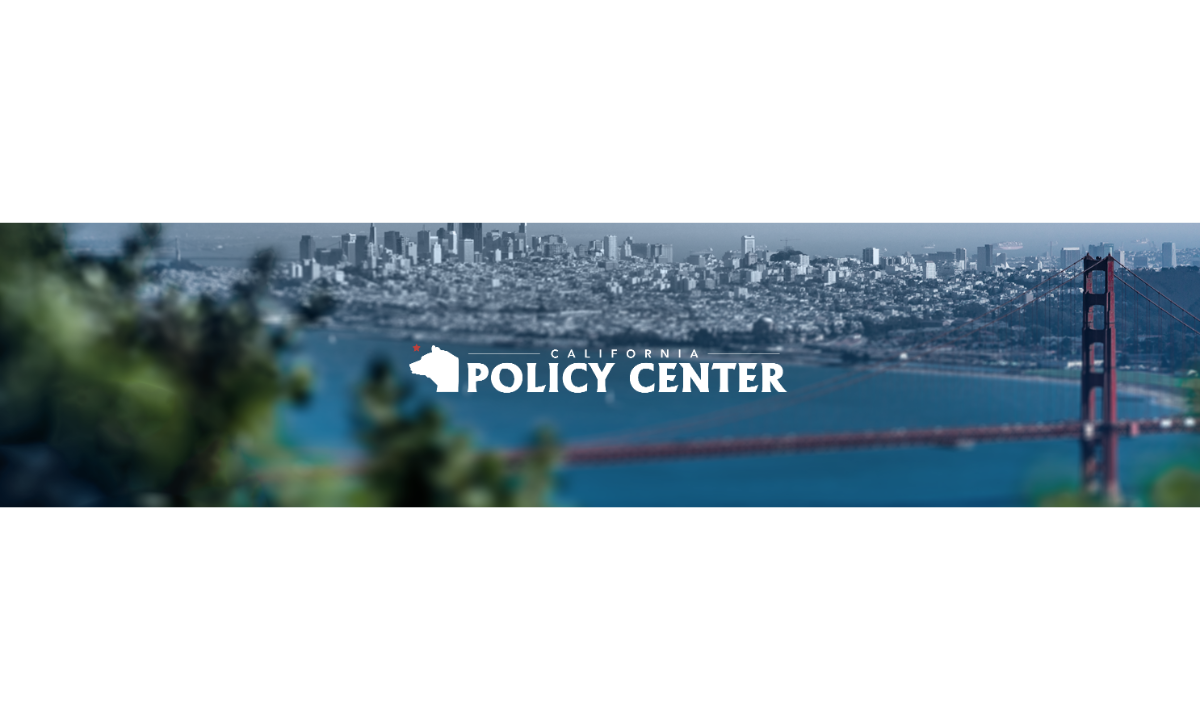Original Article Link: The Disastrous Insurance Landscape in California (californiapolicycenter.org)
by SHERIDAN SWANSON
Late last month, Gov. Gavin Newsom signed an executive order in an attempt to address the insurance crisis in California that’s leaving scores of homeowners without coverage. The executive order comes after State Farm and Allstate, the first and fourth largest home insurers in California, announced this year they would no longer sell new home insurance policies in the state. Additionally, Farmers Insurance (California’s second largest home insurer) is capping the number of new policies it will sell in California. These announcements follow a years-long trend of increased nonrenewals of existing policies in the wake of massive wildfires in California.
“This is the very first time in the [75-year] history of our agency that we can’t always find insurance for people,” Chris Hebard, President of Hebard Insurance Solutions, told California Insider. Michael D’Arelli, Executive Director of the American Agents Alliance, says he’s flooded with calls and emails from insurance agents telling him, “I’m so angry, because I have consumers in my office literally in tears because they need insurance… and I can’t fulfill their needs.”
Why the startling shortage of insurance coverage? In California, it’s become increasingly expensive for insurance companies to operate.
This is largely because of Proposition 103, which was passed in 1988 and made the Insurance Commissioner an elected office. This means the Insurance Commissioner is inclined to make decisions based on public opinion (often with political aspirations), rather than what’s best for a healthy insurance market and stable economy. The Insurance Commissioner is very hesitant to allow premium increases, and when this goes on for too long, the insurance companies are squeezed by high costs. “You can’t afford to pay 130% of what you take in for very long,” Hebard explains.
California has among the lowest homeowners insurance rates in the nation, which at first glance is good for homeowners. But these low rates are artificial, a result of policy decisions rather than the function of the insurance market. The unintended consequence is that insurance companies are trying to mitigate their risks, so they avoid new policies and/or decline to renew existing policies. And still, premiums are increasing dramatically in California; Proposition 103 isn’t keeping rates from climbing, just from climbing as fast as the market would allow.
Newsom’s executive order blamed climate change and “extreme weather events” for the crisis. And indeed, severe fires in California over the past several years are a primary factor. But this itself stems from California’s mismanagement of forests.
California has, for the most part, rejected strategic, controlled burning to remove underbrush prone to wildfires. As a result, underbrush grows out of control — and California’s forests become tinderboxes. California has heavily regulated the lumber industry, making “modern land management endlessly time-consuming and ultimately cost-prohibitive,” writes Edward Ring, senior fellow at California Policy Center. As a result, California’s forests are full of dead and dying trees.
Contrary to common misperception, a thriving timber industry is completely compatible with healthy forests; it doesn’t require the clear-cutting of vast swaths of trees. As Ring explains, California’s timber industry would need to triple in size in order to balance out a forest’s natural growth to keep the ecosystem healthy and avoid excessive fire risk. But California’s leaders ignore this reality, allowing the forests to grow out of control for the sake of “environmentalism.”
California’s devastating wildfire seasons over the past several years caused massive losses for insurance companies. In 2018, Northern California insurer Merced Property & Casualty went bankrupt due to fires. In 2022, insurers AIG and Chubb decided to nonrenew thousands of policies in California due to the state’s fire risk. Enrollment in California’s FAIR plan — a high-cost last resort that offers minimal coverage — spiked by 70 percent from 2019 to 2022.
Reinsurance — or insurance for insurance companies — is a second factor in California’s dilemma. Reinsurance is a safeguard so insurance companies avoid owing policyholders more money than they can afford to pay. California’s recent wildfires have pushed the prices of reinsurance upward, but insurance companies are not allowed to pass the cost of reinsurance to their customers in California. These skyrocketing costs are another impetus for companies to reduce and cap the coverage in California, and Newsom’s executive order recognized it as a “primary driver” in the lack of available insurance coverage in the state.
A third leg of the policy-failure-trifecta responsible for the crisis: the California Environmental Quality Act, or CEQA, and its slew of laws and regulations, which have pumped the brakes on the development of new housing in California. The dearth of supply of new homes has made housing even more expensive, and insurers raise their rates accordingly. While the California legislature has attempted to make incremental changes to CEQA’s vise-grip on new housing, these efforts take a “one step forward, two steps backward” approach: many of the bills are rife with regulations and mandates — such as organized labor and low-income housing requirements — that ultimately increase the cost for developers.
Try as he might, Newsom can’t blame California’s insurance crisis on the climate. His executive order calls on the Insurance Commissioner to “take prompt regulatory action” to stabilize California’s insurance market. But California’s plethora of policy failures indicate the opposite is needed: ease regulations on the insurance market, the timber industry and the building process, and the state will see fewer wildfires, more affordable housing and the insurance market return to the Golden State.
Original Article Link: The Disastrous Insurance Landscape in California (californiapolicycenter.org)




